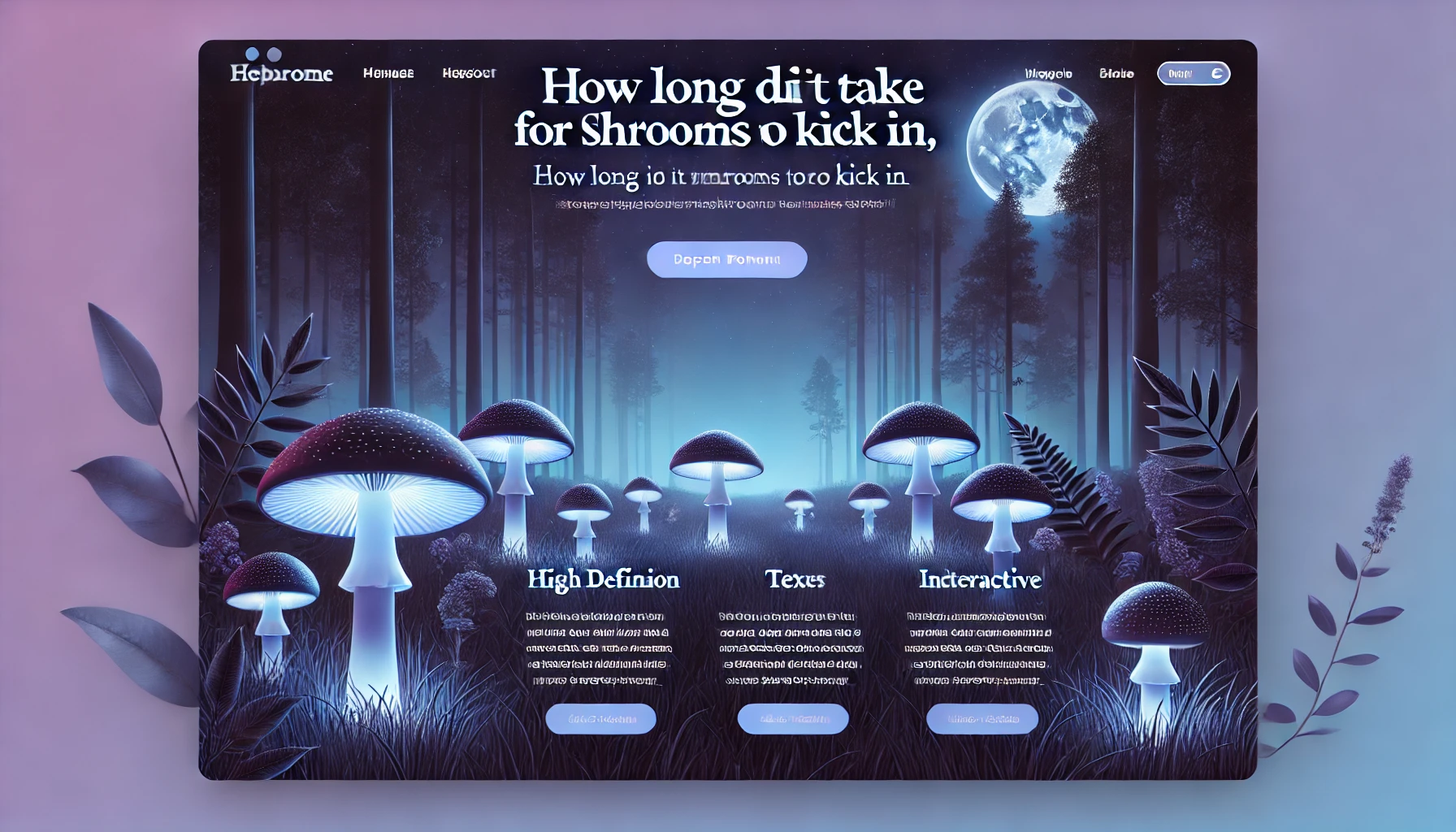What are shrooms
Shrooms, also called magic or psilocybin mushrooms, are fungi containing psychoactive compounds like psilocybin and psilocin, capable of altering perception, mood, and cognition. People traditionally used them in cultural and spiritual rituals, they are now consumed recreationally or for potential therapeutic benefits. Shrooms are typically ingested raw, dried, or as tea. They induce effects like hallucinations and euphoria but can also cause bad trips or side effects such as paranoia. While mushrooms are diverse and include edible species like button and shiitake, psychedelic mushrooms contain psilocybin. Governments regulate these due to their risks.
When do shrooms start to kick in
The effects of shrooms typically begin 20 to 60 minutes after ingestion. This timing depends on factors like consumption method, dosage, and metabolism. Eating shrooms usually leads to effects starting within 30 to 60 minutes, while brewing them into tea can accelerate the onset to 10 to 20 minutes. The experience progresses through stages: onset (20–60 minutes), peak (1–2 hours), and comedown (2–3 hours). The trip lasts 4–6 hours total. Factors such as stomach content, individual sensitivity, and impatience with delayed effects can influence the experience, which may include euphoria, hallucinations, and introspection. Misuse or improper preparation, such as smoking shrooms, is ineffective and not recommended. If you want to get information about How long does henna last then visit.
The Phases of a Shroom Trip
A mushroom trip has three main phases: initial effects, peak experience, and gradual decline. The length of each stage varies based on factors like dosage, metabolism, and stomach contents.
Initial Effects
The onset of a shroom trip begins 20 minutes to an hour after ingestion, marked by subtle effects like lightness, slight visual distortions, and changes in perception. This phase, lasting 30 minutes to an hour, allows the body and mind to adjust to psilocybin as the experience gradually intensifies.
Peak Experience
The peak of a shroom trip occurs 2 to 3 hours after ingestion and lasts about an hour, marked by intense visual and auditory hallucinations, altered thought processes, and emotional sensitivity. Profound insights and emotional breakthroughs are often reported during this phase, which can be exhilarating or overwhelming depending on mindset and environment.
